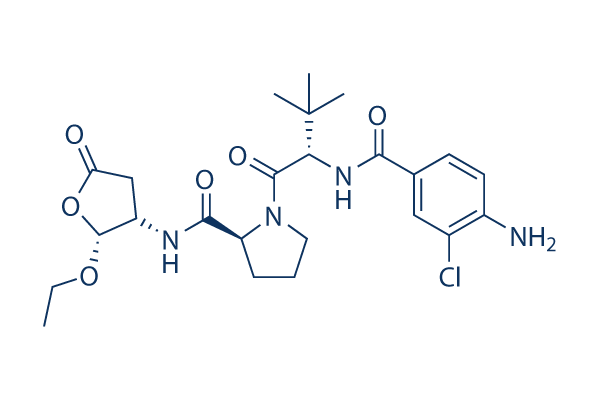For example, the combination of orphan crop EST sequences with model plant genetic and genomic resources, such as Lotus japonicus and Medicago truncatula, has recognized macro and micro scale synteny, identified new genes and alleles, and provided insights into genome evolution and du plication. Comparisons amongst ESTs and gene sequences between a few legume species have allowed comparative genome studies in between L. albus and M. truncatula, and L. angustifolius and Lotus japonicus. A number of molecular markers are already formulated for Lupinus species, together with RFLPs, ITAPs, and AFLPs, which have already been used to build genetic linkage maps in L. albus and L. angustifolius. To date, a limited number of SSRs have already been produced for Lupinus spe cies, and very couple of of those are EST SSRs i. e.
SSRs that happen to be identified additional info in expressed sequences. Genomic and EST SSRs are already broadly employed to the improvement of significant crop plants, but their first development with classic methods needs substantial investigation invest ment. Now, an nearly limitless quantity of genomic and EST SSRs might be readily designed from up coming generation sequencing approaches inside of most crop spe cies, including orphan crops such as lupin. The expressed nature of EST SSRs makes it possible for the annotation of those markers with putative functions by sequence hom ology and probably reduces the genetic distance be tween marker and causal gene to 0 cM. For instance, the length of the dinucleotide SSR on the 5 UTR of a waxy gene has become associated with amylase information in rice.
EST SSRs have also been related with numerous illness resistant genes in wheat and rice along with a quantity of agronomically important traits in cot ton, maize and narrow leafed lupin. In this research, we constructed 454 EST libraries, carried out comparative scientific studies in between L. luteus and model legume species, and mapped L. luteus expressed sequences around the M. truncatula chromosomes. Align selleck ments amongst our putative L. luteus genes and their homologs in M. truncatula, coupled with amplifications of intergenic regions supplied evidence of microscale synteny involving both species. On top of that, we designed EST SSR markers and illustrated their utility inside di verse accessions of yellow lupin. Lastly, mainly because these EST SSR markers are gene primarily based, they’re also very likely conserved amid distinct species of lupin. We eval uated EST SSR utility inside the other Lupinus species, L. mutabilis and L. hispanicus. Methods Library construction and 454 sequencing cDNA libraries had been constructed from mRNA isolated from two tissue pools. Pool one included younger leaves, buds and flowers, and pool two, seeds in numerous de velopmental stages. RNA from pool 1 and two was  isolated separately according towards the guanidine hydrochloride system.
isolated separately according towards the guanidine hydrochloride system.
Dehydrogenase Signal
LDH exists in four distinct enzyme classes.
